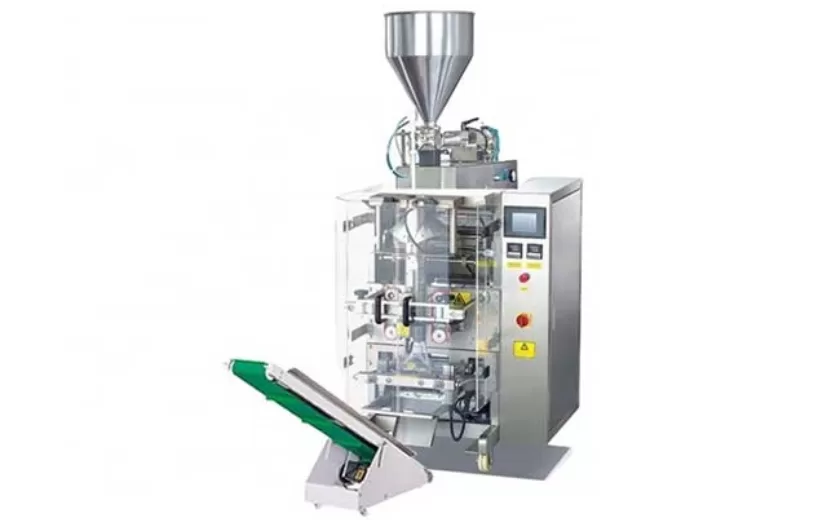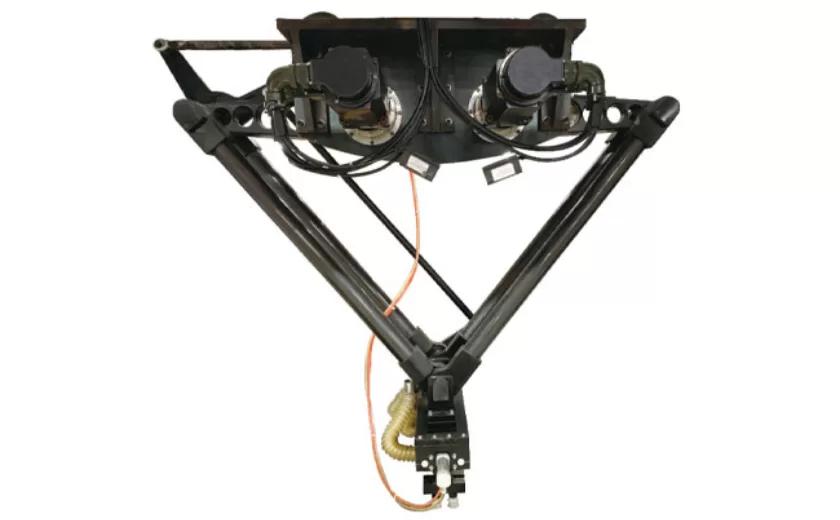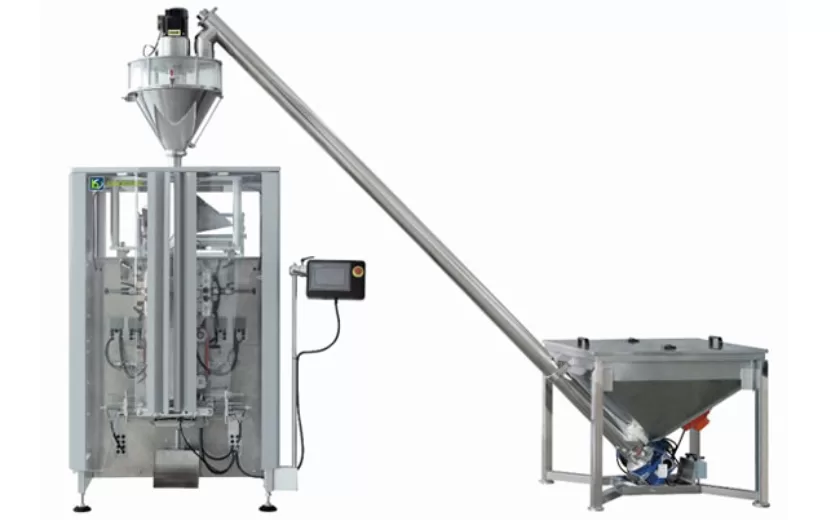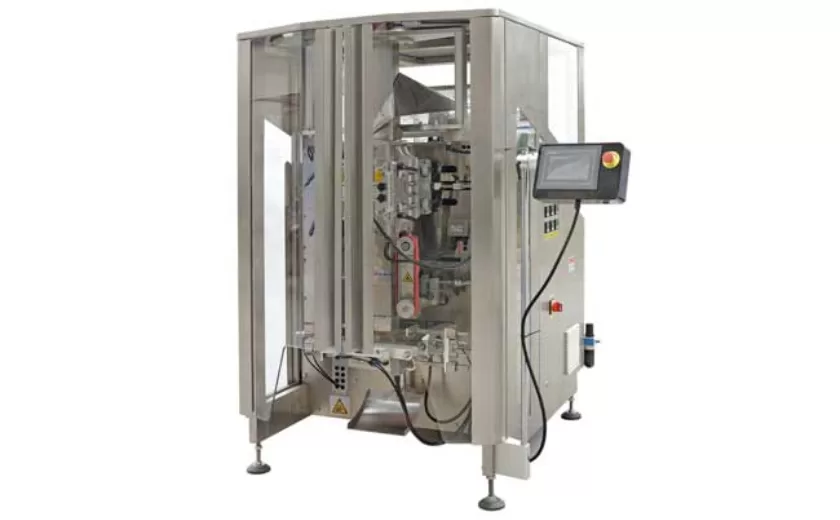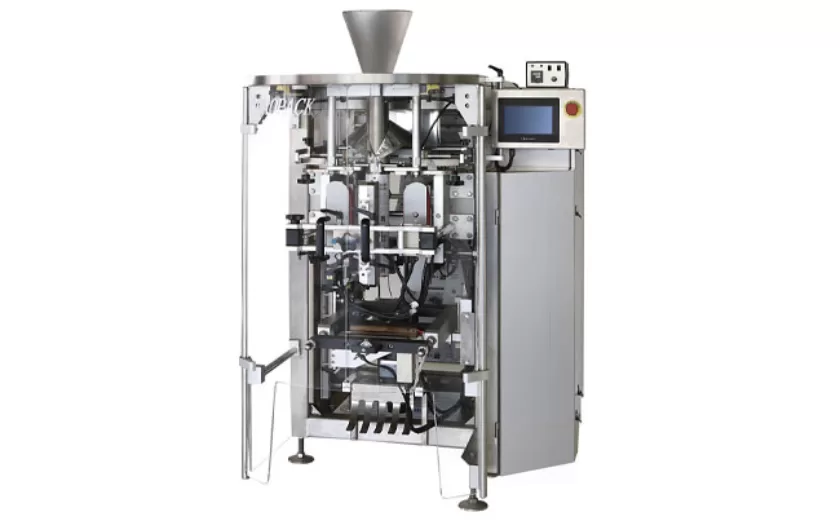Case Studies- Successful Implementations of Sugar Stick Packing Technology
In the realm of packaging solutions, sugar sticks have emerged as a convenient and cost-effective option for a variety of industries, ranging from food service to retail. The Case Studies: Successful Implementations of Sugar Stick Packing Technology provide valuable insights into the effective integration of this innovative packaging technique. These case studies highlight the benefits, challenges, and best practices associated with sugar stick packaging, empowering businesses to make informed decisions and optimize their packaging strategies.
Benefits of Sugar Stick Packaging
The adoption of sugar stick packaging offers numerous advantages for businesses. Its compact size minimizes packaging waste, contributing to sustainability efforts. The airtight seal preserves the freshness and quality of the sugar, preventing moisture absorption and lump formation. The convenient and portion-controlled nature of sugar sticks streamlines operations, eliminates spillage, and ensures accurate serving sizes.
Furthermore, sugar stick packaging enhances brand visibility and marketing potential. Its customizable design enables businesses to showcase their logo, branding elements, and promotional messages. This increased visibility at the point of consumption fosters brand recognition and loyalty among customers.
Challenges and Considerations
While sugar stick packaging offers significant advantages, it is not without its challenges. Careful consideration must be given to the selection of packaging materials to ensure they meet industry standards for food safety and hygiene. The choice of packaging equipment is also crucial, as it determines the speed, efficiency, and reliability of the packaging process.
Additionally, the shelf life and storage conditions of sugar sticks must be carefully managed to maintain their quality and freshness. Establishing clear guidelines for inventory management and storage practices is essential to prevent spoilage or contamination. Proper handling techniques are also necessary to minimize breakage or damage to the packaging.
Best Practices
To maximize the benefits of sugar stick packaging, businesses must follow established best practices. Adhering to industry standards for food safety and hygiene is paramount, ensuring that packaging materials and equipment meet regulatory requirements. Thorough training of staff in proper handling and storage techniques is essential to prevent product damage or contamination.
Regular monitoring of equipment performance and maintenance schedules helps ensure uninterrupted production and product quality. Additionally, adopting environmentally friendly packaging practices, such as using biodegradable or recyclable materials, aligns with sustainable business practices and reduces environmental impact.
Case Studies: Successful Implementations of Sugar Stick Packing Technology provide a comprehensive overview of the benefits, challenges, and best practices associated with this innovative packaging solution. By understanding the key considerations and adopting best practices, businesses can optimize their packaging strategies, enhance brand visibility, and meet the evolving demands of their customers and the industry.
The adoption of sugar stick packaging offers a multitude of advantages, from sustainability and cost-effectiveness to convenience and brand recognition. However, careful consideration must be given to packaging materials, equipment selection, shelf life management, and best practices to ensure successful implementation. By leveraging the insights gained from these case studies, businesses can unlock the potential of sugar stick packaging and transform their packaging operations.
-
Advanced Packing Solutions: Snacks, Sugar, and Frozen Food Machines
29-10-2025 -
Efficient and Reliable Solutions for Salt, Nuts, and Frozen Dumplings Packing
29-10-2025 -
High-Performance Biscuits, Lollipop, and Ketchup Packing Machines for Modern Food Production
29-10-2025 -
Efficient Liquid Filling and Packing Machines for Modern Production
23-10-2025 -
Reliable Granule Packaging Machines for Efficient Production
23-10-2025 -
Efficient Auger Powder Filling Machines for Accurate Packaging
23-10-2025 -
High-Performance Liquid Filling and Packing Machines for Hygienic Production
10-10-2025 -
High-Efficiency Granule Packaging Machines for Precision and Speed
10-10-2025 -
High-Precision Auger Type Powder Filling Machines for Efficient Packaging
10-10-2025 -
Efficient Vertical Form Fill Seal Packaging Machines for Smart Production
10-10-2025





